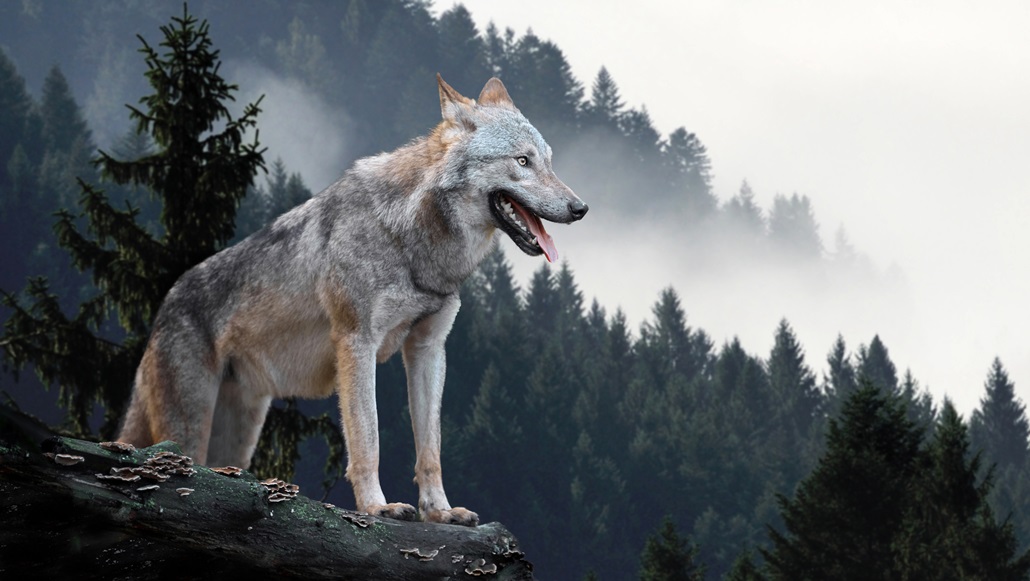The desire to see free-ranging large carnivores in their natural habitat is a proven driver of tourism in protected areas all around the globe. So, restoring depleted populations—and reintroducing locally-extinct populations—has often-overlooked economic benefits to go along with their well-documented ecological benefits.
Since the reintroduction of gray wolves to Yellowstone Park and Idaho in the 1990s, gray wolves have done so well that they’re reclaiming other parts of the northern Rockies.
In the places where they returned, wolves tidied up explosive deer and elk populations, which had eaten valleys barren. That helped bring back trees and shrubs. Birds and beavers, as well as the animals that live in dams, also returned.
The wolves ate coyotes, freeing up their prey for others. Bears and raptors came back for carrion. With more trees controlling erosion, the flows of some rivers were less chaotic, forming pools that became new habitats.
“We’re just uncovering these effects of large carnivores at the same time their populations are declining and are at risk,” said William Ripple, an ecologist at Oregon State University. He’s found that if you rewild some carnivores, or return them back to lost ranges, a cascade of ecological bounty may follow.
Rewilding will be a significant trend in preserving ecosystems where all species matter, said Dr. Ripple. “Humans are just figuring out what the interconnectedness in nature is all about.”
A paper published in 2016 by Dr. Douglas Smith, Yellowstone Park’s wolf biologist and others found that sightings of wolves in Denali National Park and in Yellowstone “were significantly reduced” by as much as 45 percent from nearby trapping and hunting.
If the wolves become less visible, that could diminish the steady flow of tourism dollars, given that wolf watching in Yellowstone alone is estimated to generate $35 million a year for the regional economy.
Photo of gray wolf via Adobe Stock.
See March 16, 2018 article by Joanna Klein in the New York Times.
See 2017 article by Jim Robbins in the New York Times.
See research paper on economic impacts of hunting carnivores.

